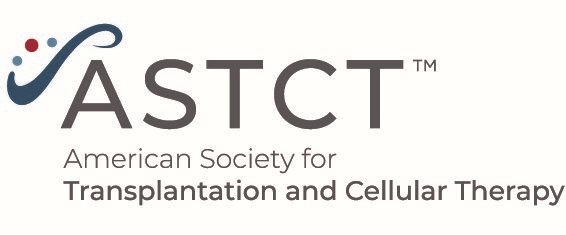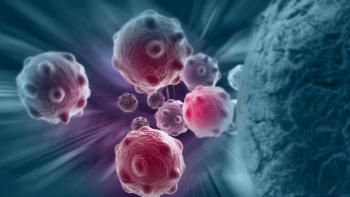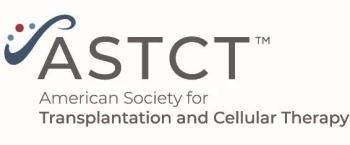
CMV reactivation and disease progression in response to different GVHD prophylaxis methods

The difference in utilizing cytomegalovirus reactivation outcomes while on posttransplantation cyclophosphamide vs other graft-vs-hose disease agents has led to a better understanding in long-term disease and reinfection rates.
Researchers from the University of Washington have recently published an article that compares cytomegalovirus (CMV) reactivation and 1-year patient viral load after graft-versus-host disease (GVHD) prophylaxis using calcineurin inhibitors (CNI) and methotrexate (MTX), CNIs and mycophenolate mofetil (MMF), and posttransplantation cyclophosphamide (PTCy). These findings, published in Blood Advances, untangle the differences in CMV reactivation outcomes when using PTCy versus other GVHD prophylaxis agents and aid in our understanding of risk of CMV reactivation and long-term disease risk, potentially leading to reduction in CMV reinfection rates.
The authors retrospectively examined data from 780 patients (CNI/MTX, n = 322; CNI/MMF, n = 414; and PTCy, n = 44).
Though the occurrence of early versus late CMV disease was not significantly different across the GVHD prophylaxis regimens, multivariate analysis showed increased rates of early CMV reactivation in patients receiving PTCy(95% CI, 1.03-2.61; P = .039). Viral burden was assessed by fitting the average daily viral load to spline curves stratified by the 3 groups and quantified by comparing the resulting AUCs. This revealed that viral burden in early posttransplant reactivation was highest in PTCy patients, followed by CNI/MMF and CNI/MTX (95% CI, 0.061-0.189; P < .001). The trend reversed in later time points, however. Taken together, this study has highlighted differences in CMV reactivation rates and disease risk depending on GVHD prophylaxis. The authors propose a need for future studies to examine the viral kinetics of other double-stranded DNA viruses in patients receiving PTCy versus other GVHD prophylaxis regimens.
Reference
Ueda Oshima M, Xie H, Zamora D, et al. Impact of GVHD prophylaxis on CMV reactivation and disease after HLA-matched peripheral blood stem cell transplantation. Blood Adv. 2023;7(8):1394-1403. doi:10.1182/bloodadvances.2022009112
Newsletter
Stay up to date on recent advances in the multidisciplinary approach to cancer.


















































































